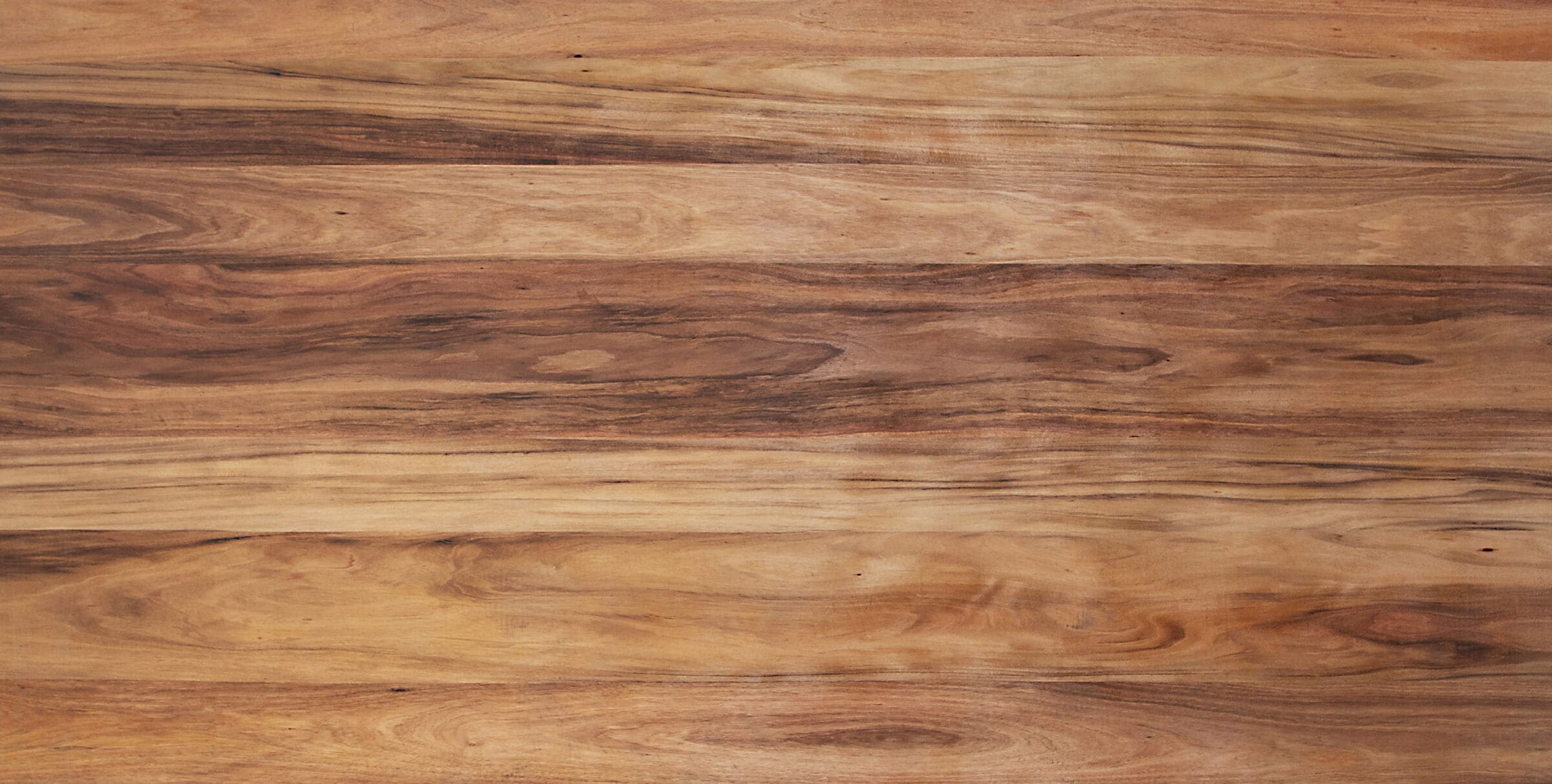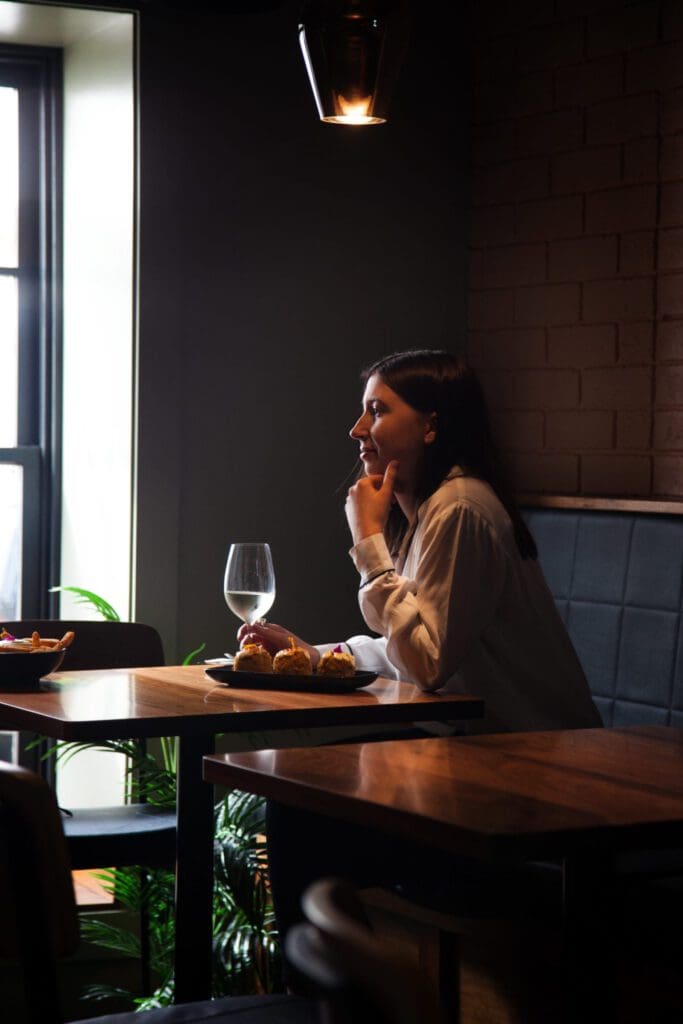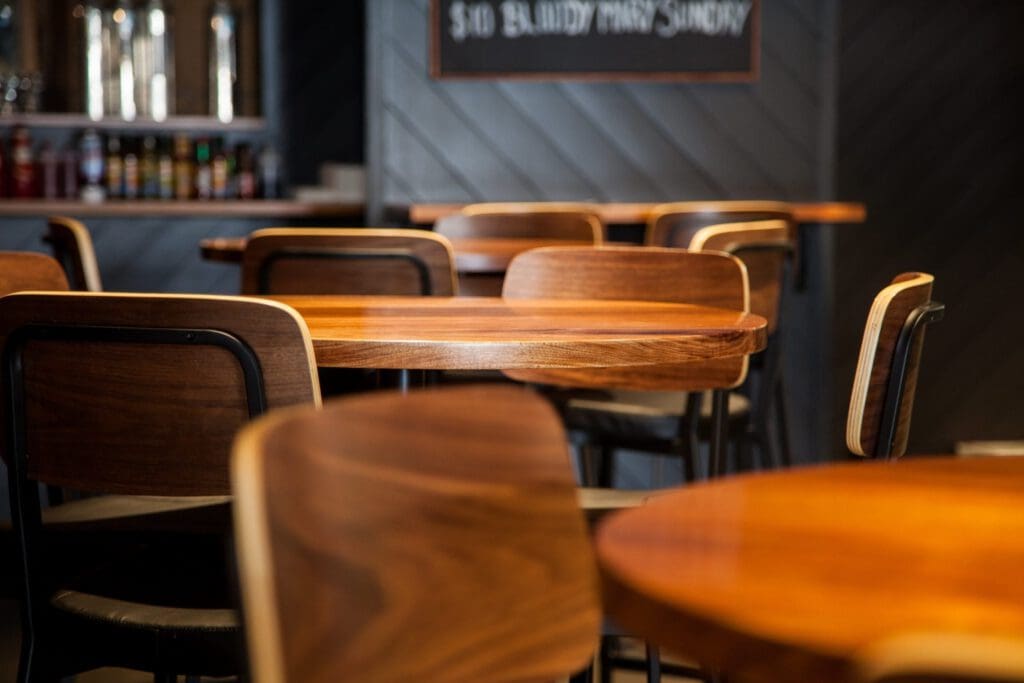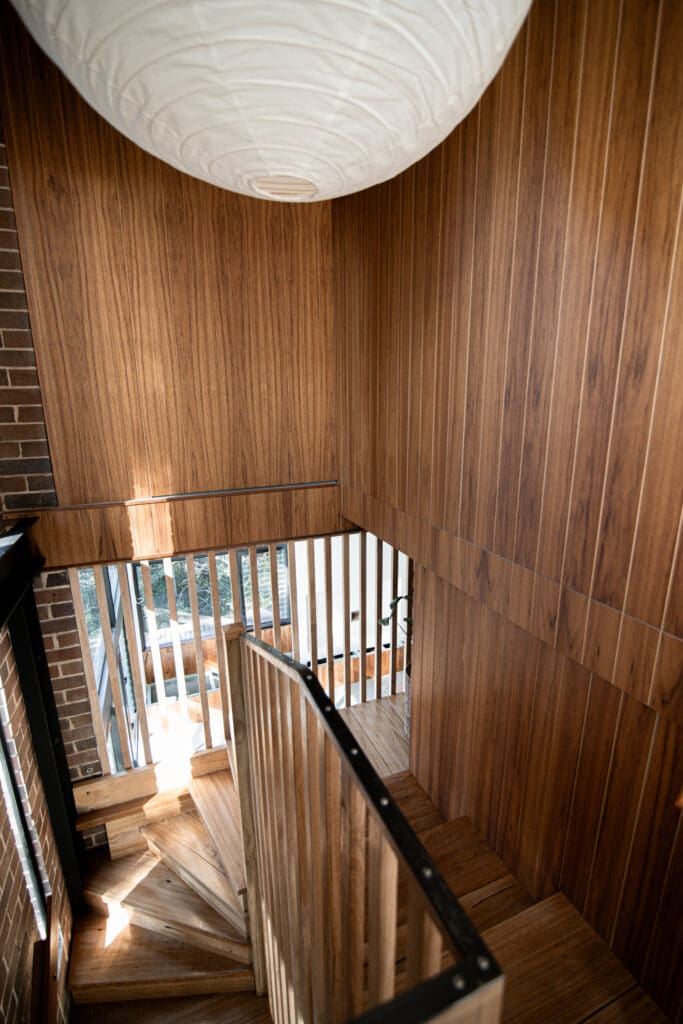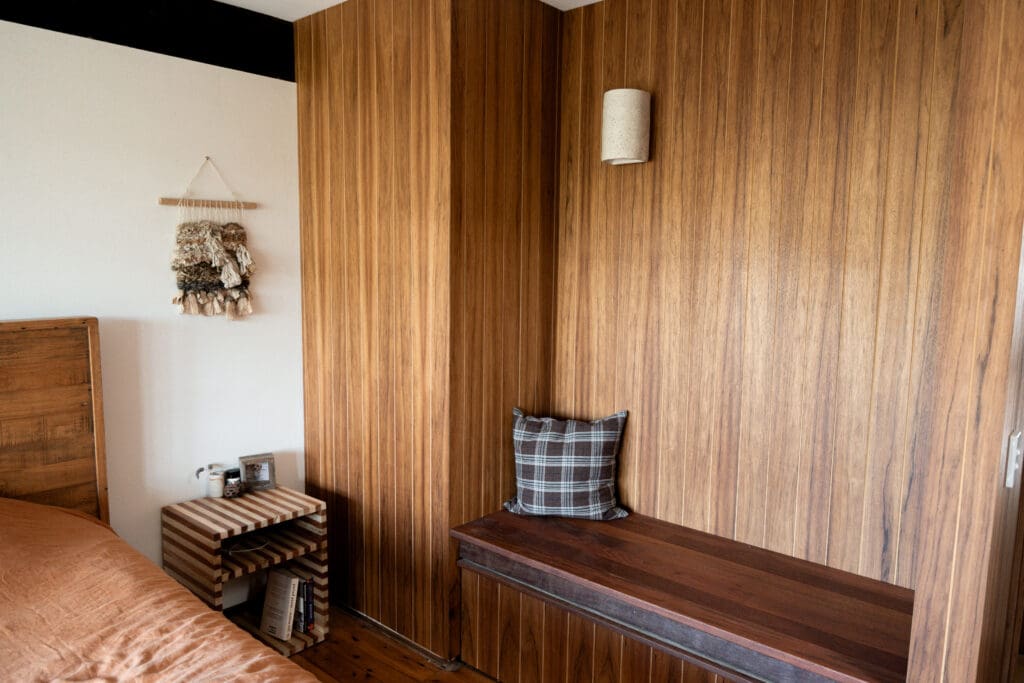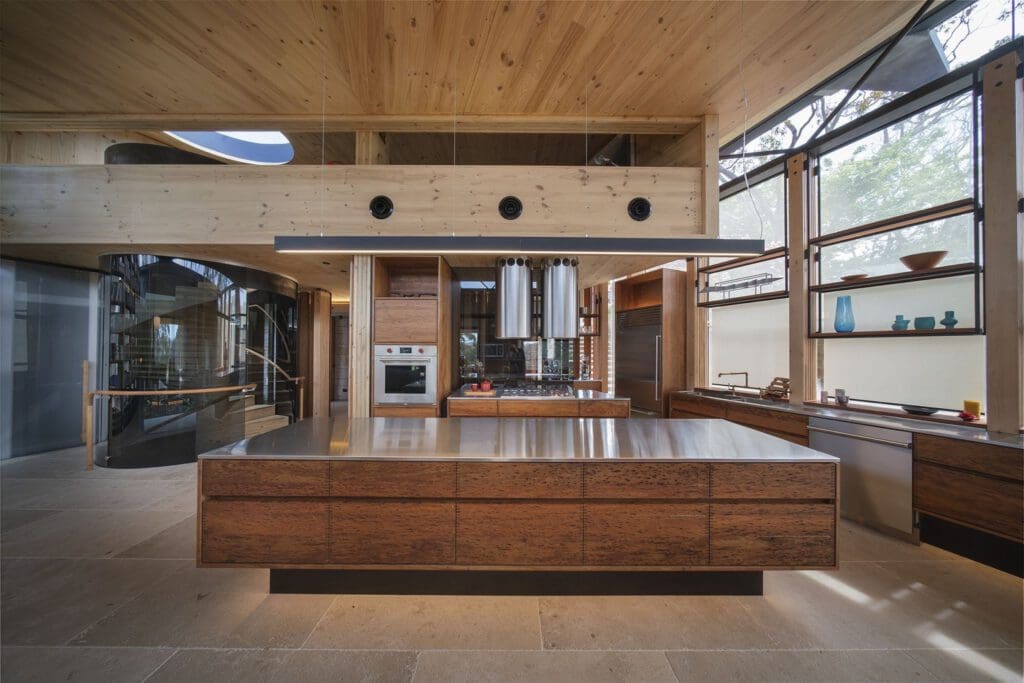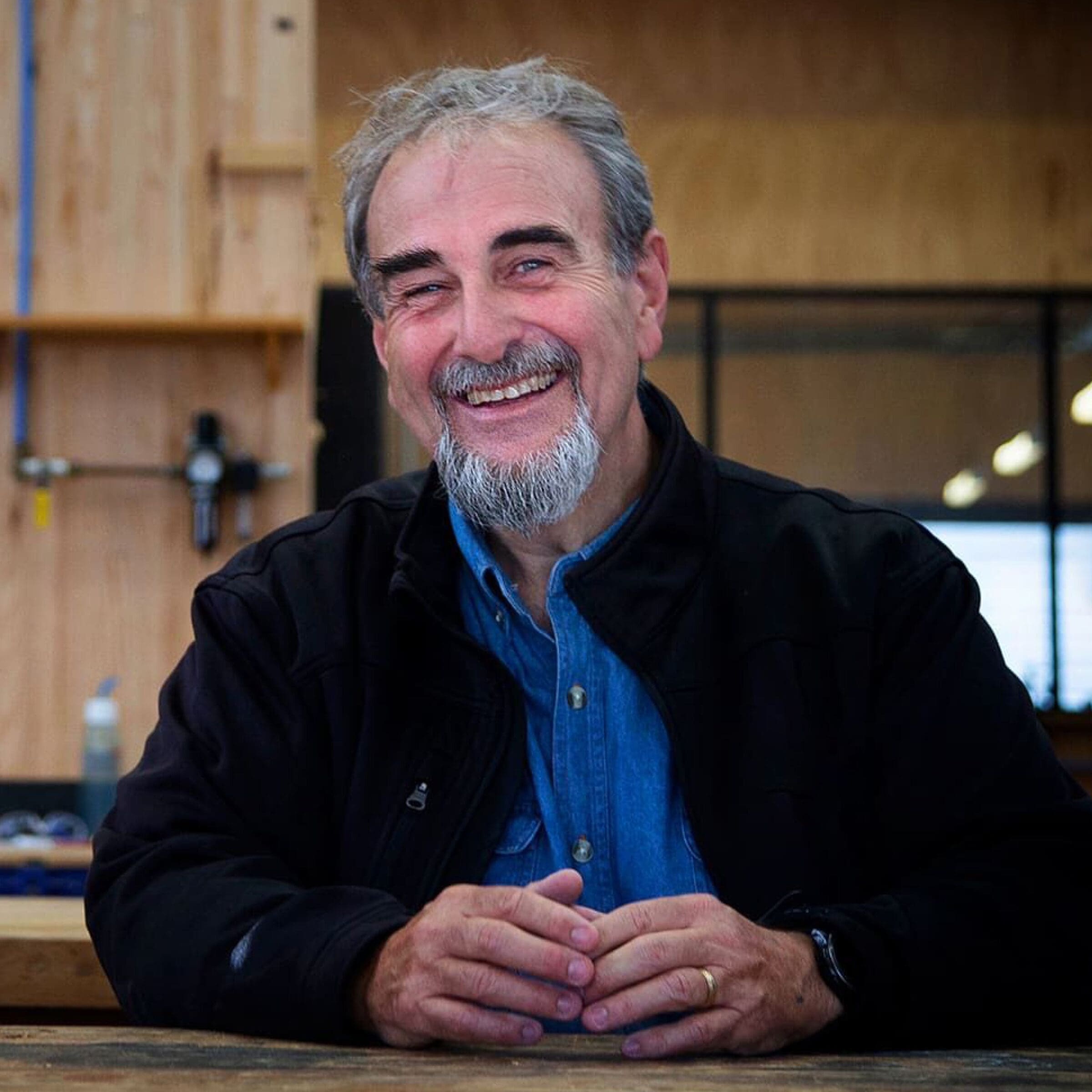Everything you need to know about Tasmanian Blackwood
Blackwood is one of the world’s great decorative timbers, with its stunning, rich colour, texture, workability and durability. Synonymous with fine furniture, Blackwood is the ideal timber for showstopping decorative joinery, eye-catching statements in wall linings from both veneers and solid timbers and even beautiful hardwood flooring.
What is Blackwood?
Blackwood Acacia melanoxylon is native to Australia. It occurs throughout most of Tasmania. Blackwood tolerates a wide range of soil types and rainfall zones. On dry, exposed sites with poor soils and low rainfall it can form a small shrub with no commercial value. On high quality sheltered sites with high rainfall, it can form large commercial timber trees up to 40m in height and 1.5m in diameter.
Boasting a variety of colours ranging from light golden-brown to deep brown (sometimes with a reddish tint) and occasionally showing black streaks, the timber radiates a subtle beauty that makes it irresistible to Tasmanian designers. Additional character results from the grain of the wood, which can be straight or wavy with a natural lustre.
How is it grown?
In Tasmania, the majority of Blackwood is grown in Blackwood Swamps, which are located in the far north west of Tasmania. These relatively flat, low-lying areas are not true swamps, but are seasonally flooded with slow moving oxygenated water. During summer and autumn, the soil profile is relatively dry, when the timber can be harvested. Prolific regeneration from ground stored seed occurs following bushfires or sustainable timber harvesting. The competing vegetation is particularly dense in tea-tree and paperbark species, resulting in intense competition for light. Under such conditions, Blackwood usually forms a straight, single stem with little branch development. As the height growth of the competing vegetation slows, Blackwood expands its crowns and becomes dominant, forming high quality timber trees.
The swamps of north-west Tasmania have been a primary source of high-quality Blackwood for more than a century. This resource has been the cornerstone of Tasmania’s fine furniture industry over that time.
About 8000 ha of swamp forest is dedicated to Blackwood silviculture on a strict rotation of harvest and regeneration. Rotations are generally of the order of 70 years for native forest.
Wet Eucalypt Forests
These forest types are common in Tasmania and are dominated by large eucalypts such as Eucalyptus regnans and Eucalyptus obliqua. Prolific regeneration occurs following bushfire or sustainable timber harvesting. Blackwood forms part of the understorey, competing for light with other understorey species such as Dogwood (Pomaderris apetala). It is the competing understorey species, rather than the eucalypts, that results in good stem form and little branch development in the Blackwood, resulting in high-quality timber trees.
What is the future supply like?
In the past, demand has sometimes exceeded supply, but thanks to the work of progressive manufacturers who have highlighted the character of Blackwood, naturally featured sections of logs that in the past were not used are now sought after for their distinctive character. As a result of sensible, sustainable management, designers and manufacturers have ongoing access to a reliable supply.
“The future supply is solid,” says Shawn Britton of Britton Timbers, “it is one of the most sustainable timber resources.”
Nathan Kotlarewski of Hydrowood says their supply is: “Exclusive and limited, however, they are constantly restocking their seasoning yard to ensure availability of stock.”
Where is it available?
Britton Timbers and Hydrowood are processors who supply blackwood for beautiful furniture and architectural projects.
“We have seen a steady increase in demand for Tasmanian Blackwood from international clientele, primarily the USA, Japan, Korea and the UK. As Blackwood is so versatile for internal fit-out, joinery and furniture, we have found that some international customers involved in architecture and design are looking for something different to the standard American species that they have specified for years,” says Shawn Britton.
Blackwood lies at the heart of Britton Timbers’ Tasmanian operation, and it is from here that the generally light, golden-brown timber begins its journey to world markets via our international distribution network.
What are the main applications?
Blackwood is the perfect timber for fine furniture, joinery or a feature floor. High-quality veneers are used in joinery, cabinetmaking and feature panelling. Blackwood is easily worked, very stable and long lasting, and blackwood artefacts are always statements of style and quality.
In addition to the supply of solid sections, the availability of high quality veneers, for example, Touchwood, has increased the timber’s versatility for use in joinery, cabinet making, and feature panelling. Small cross sections of solid timber are also laminated, particularly for bench tops.
Grades of Blackwood
Blackwood is available in two grades, Select (SEL) and High Feature (HF), and one industry grade, Black and White (B&W). Select grade timber is the most uniform in appearance. High Feature contains larger amounts of natural feature such as natural stains and knots. Black and White has uniform grain but features the dynamic colour combination of pale sapwood and darker heartwood.
Generally, dried and machined Blackwood for appearance applications is graded to rules set by Australian Standard AS2796.2–2006: “Timber Hardwood Sawn and Milled Products, Part 2: Grade description” as a minimum allowable quality. This Standard covers most milled hardwood products.
Timber is generally graded on all faces. Select and High Feature Blackwood is usually sold free of sapwood. However, the industry grading rules for Black and White Blackwood allow for unlimited sapwood, so any sold or used in New South Wales and Queensland must have the sapwood preservative treated.
Burl features may be present, as there is no limitation on them in any of the grades. None of the grades contain timber with decay, compression failures, shakes, splits or other fractures. All grades of timber are allowed the same amount of distortion; this is governed by product type rather than timber grade. Thus, a product of any grade can be expected to fit readily into its intended application. However, flooring or light decking of High Feature Grade may require knots or holes that approach the maximum size allowed to be trimmed out. A pack of timber of a particular grade will have a fair distribution of boards with the amount of feature allowed in that grade.
What is Fiddleback?
Fiddleback Blackwood refers to a highly prized figure pattern found in the timber. The “fiddleback” characteristic describes a distinctive rippled or wavy grain pattern that creates a three-dimensional visual effect, with alternating light and dark bands that shimmer and move as the viewing angle changes. This quilted or rippled appearance occurs due to undulations in the wood grain, similar to the figuring seen in the backs of fine violins, hence its name.
Fiddleback Blackwood is exceptionally rare and valuable, making it one of the most sought-after decorative timbers in the world.
The only thing better than uncovering a rare fiddleback figure in a piece of Blackwood is witnessing it transformed into high-end furniture, a state-of-the-art musical instrument, or an architectural statement. Growth for Blackwood in architectural and design applications has been driven by demand for a stable, yet versatile timber species that offers an alternative to traditional commodity hardwoods.
Nathan Kotlarewski, PhD, Hydrowood – Processing and Projects Manager
Sustainability
Tasmania’s timber supply is highly regulated with stringent environmental standards enforced through the industry regulation body the FPA. All Tasmanian timber is sourced from the sustainably managed and PEFC certified temperate forests.
Sustainability is also achieved through compliance with the provisions of the Forest Practices Code and the Tasmanian Regional Forest Agreement.
Carbon Storage
The growth of trees absorbs carbon, other emissions and particles from the atmosphere, converting them into wood and other biomass. Some carbon is released by harvest and processing, but the carbon stored within the recovered wood is contained for the life of the material. The carbon storage of Blackwood is 396 kg/m3.
What architects, specifiers and developers say about Blackwood
We were looking for a durable timber, and we needed a species that could withstand the fluctuating temperatures often experienced on the island. Many days it’s freezing in the morning, hot by noon and then cool again at night. Blackwood is a very stable timber and can easily withstand this type of temperature change. It was the perfect choice.
Ryan Wilson, second-generation joiner, who created the joinery in the luxurious Southern Ocean Lodge on the cliffs of Kangaroo Island in South Australia.
At the stunning 720 Sandy Bay Road The entrance to the residence is a giant Birdseye Blackwood door. Birdseye Blackwood is rare and spectacular creating a striking entrance that hints at the luxury beyond. The Blackwood is then carried through the home in all the joinery from the kitchen to the doors and through to the vanities in bathrooms.
Britton Timbers were so accommodating. The Blackwood I chose has been with Britton’s since 2011, so I felt like it was sitting there waiting for me.
Nathan Gray developer, 720 Sandy Bay Rd
Thomas Floyd of Philip Lighton Architects on the $66 million transformation of the Derwent Entertainment Centre into a world-class Sports and entertainment area, My State Arena. “The corporate area is clearly differentiated as a high-end space. The walls are clad with Blackwood veneer, and the central columns are clad with Blackwood battens that accentuate the height of the 5.5-meter ceilings while making the columns almost disappear visually into the wall linings of the space. In the high-impact areas, solid pieces of Blackwood have been used on the corners of the bars, the reveals of doorways and the edges of doors”.
Blackwood does have a luxury vibe to it,” says Floyd, “which is something we wanted to promote for this corporate space, so it was the obvious choice.
The Expert Timber Helpline
For specific questions about the use of Tasmanian Blackwood, specifiers are welcome to call the free Expert Timber Helpline on 1300 041 766. To download Blackwood’s Technical Specifications Sheets from the www.tasmaniantimber.com.au click here
For more information on the images in this article:
Coopers Brewery:
Photography: Dan Trimboli
Architect: Fitzpatrick and Partners: Photographer: John Gollings
Van Bone Resturant, Hydrowood Blackwood Knife: Image by Alice Bennett
Photography: George Postolidis
Architecture by threec architects
Photography: Tom Rose
MyState Arena Photography: Alice Bennett


